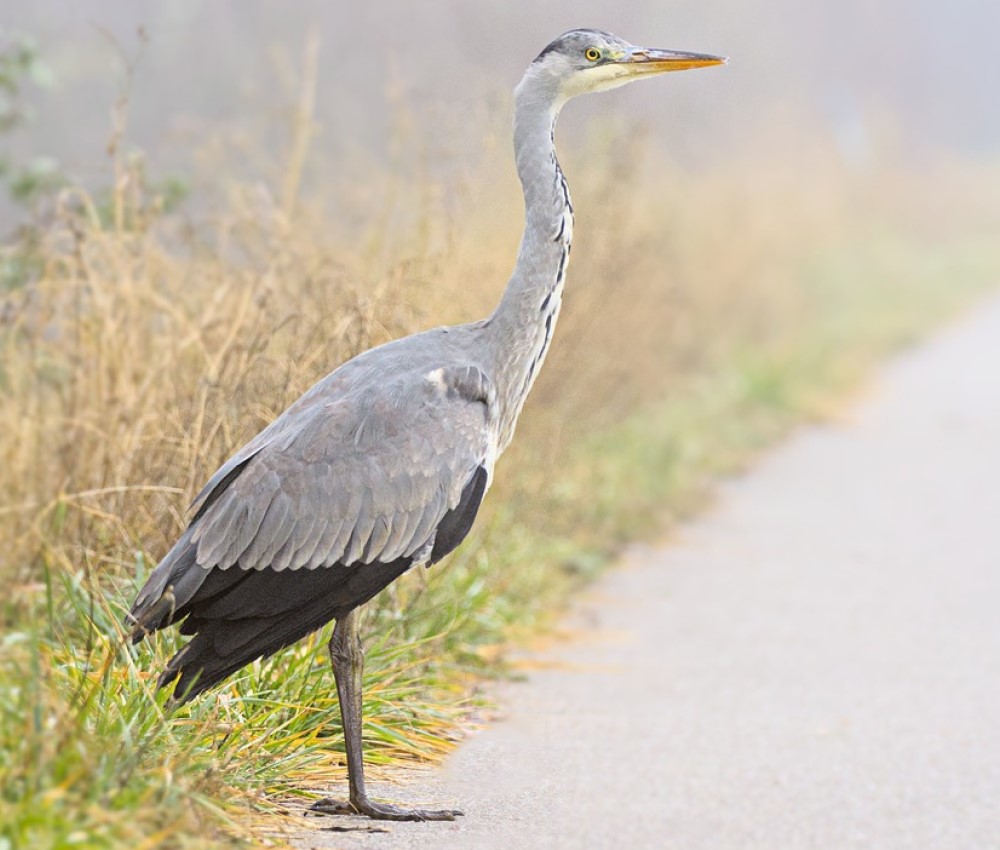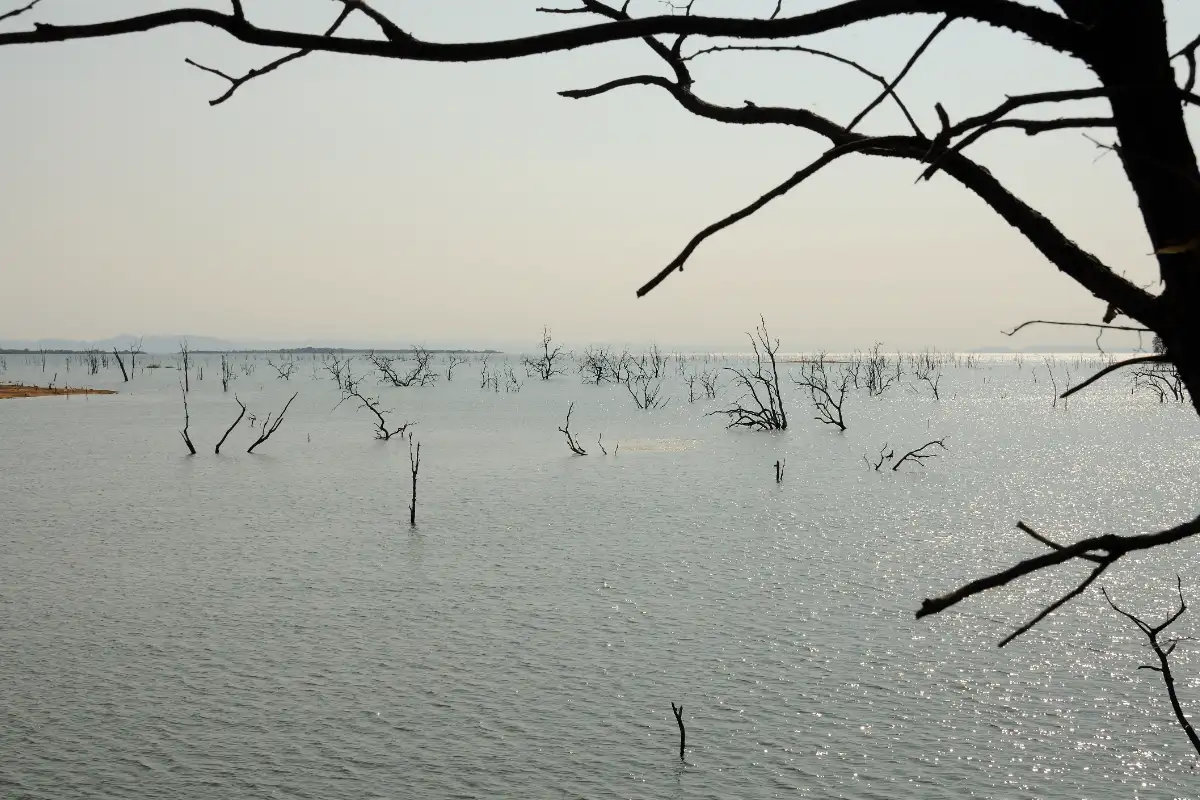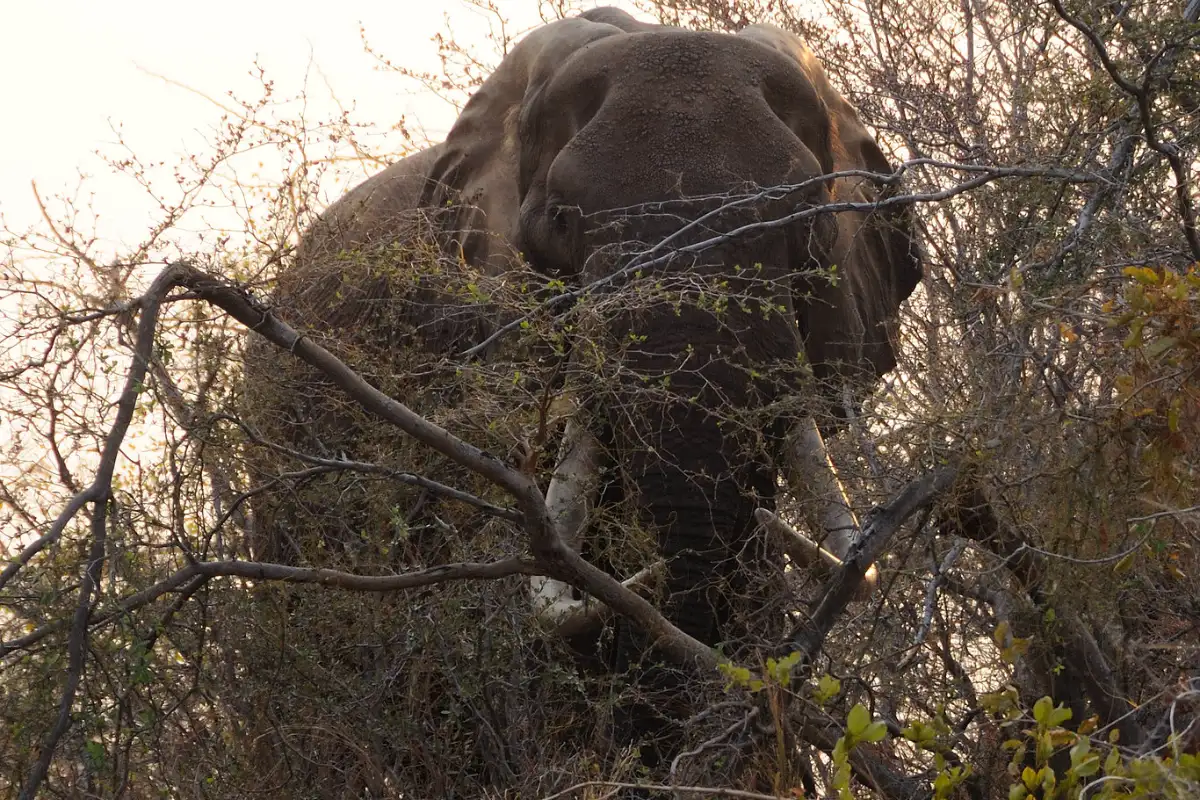Overview – Matusadona National Park
Matusadona National park is situated on the shores of Lake Kariba. It is limited on the west by the Ume River and on the east by the Sanyati River. The most effective way to encounter Matusadona is on a walking safari. Other choices incorporate expediting on the coastline with a cruiser or houseboat, bringing a Sail Safari into the region, or remaining at one of the cabins/camps in or on the western edge of the park. This was one of the last wild safe havens of the endangered Black Rhino and was additionally considered to have the most noteworthy natural population density of lions in Africa.
-
Wildlife20 Animals
-
High SeasonJuly to October
-
Best Time to GoJune to September
Pros & Cons
- Amazing birding destination
- Excellent wildlife viewing
- Walking, canoe and boat safaris are available
- Great wildlife diversity, including the Big Five
- Lots of accommodation options, including houseboats
- Hot and humid from November to March, with many mosquitoes
- Not easy to get to by road, and 4WD is essential
Matusadona National Park Map in Africa

Matusadona National Park Safari Reviews
Want to Visit Matusadona National Park?
Wildlife & Animals – Matusadona National Park
Matusadona offers brilliant wildlife viewing of most large safari creatures, including the Big Five. The endangered black rhino is available here and can be tracked on foot. The lakeshore is brilliant for hippos, crocodiles and enormous crowds of elephants and buffalo. Kudu, impala and waterbuck are a portion of the common antelope. Lion, leopard and spotted hyena are available in great numbers.
Wildlife Highlights
The clawless otter, one of Africa's more elusive creatures, can now and then be seen swimming in the lake. Eland, roan and sable antelope occupy the out-of-reach miombo forest, however, sometimes can be spotted around the end of the Dry season when they come to the lakeshore to drink.
Best Time for Wildlife Viewing
The best time to visit the Matusadona National park is in the Dry season from June to October when water is inadequate and animals gather to drink around the floodplains of Lake Kariba. At this time the vegetation is also thinner making sightings easier. During the Wet season, from December to March, flooding rivers are a problem and wildlife tends to scatter throughout the park.
Want to Visit Matusadona National Park?
Birds – Matusadona National Park
One of Matusadona's most convincing highlights is its birdlife with over 240 species have been recorded so far. The fish eagle is common along the lakeshore where it utilizes the dead trees as nesting destinations. Most pieces of the lakeshore have prominent populaces of grey herons, goliath herons, incredible white herons and saddlebill storks. Plovers, waders and geese are bountiful and there are remarkable populaces of osprey, woolly-necked storks, open-billed storks, white-winged plovers and red-winged pratincoles. There are a few huge colonies of darters and reed cormorants inside the treelines, and something like one province of white-breasted cormorants has appeared recently.
Notable Birds in Matusadona National Park
Best Time for Bird Watching
The Matusadona offers a great birding experience throughout the year. However, the best time to visit is during the wet season from November to April. It is also the time when migratory birds from Europe and northern Africa are available and a lot of birds can be seen in breeding plumage. The Dry season is best for wildlife viewing and occurs from June to October.
Want to Visit Matusadona National Park?
Best Time to Visit – Matusadona National Park
The best time to visit Matusadona National Park is during the Dry season from June to October when animals are easier to spot because the dry weather thins the bush and wildlife concentrates around water sources around Lake Kariba.
-
Best Time
July to October
-
High Season
July to September
-
Low Season
January to June
-
Best Weather
April to September
-
Worst Weather
October to February
April to October (Dry Season)
- Easier to spot wildlife as animals come to drink at the rivers and waterholes
- It is sunny, and there is little rain
- Fewer mosquitoes and less chance of catching malaria
- The sky is hazy with a lot of dust in the air
- Warm clothes are recommended for the early morning & night chill weather
April to October (Wet Season)
- Birding is best as migratory birds are present
- Plenty of baby animals that attract predators
- The scenery is beautiful and at its most lush
- Extreme Hot and Humid climate
- From January to March, some camps and lodges will be closed
- The Dry season is better for wildlife viewing


































